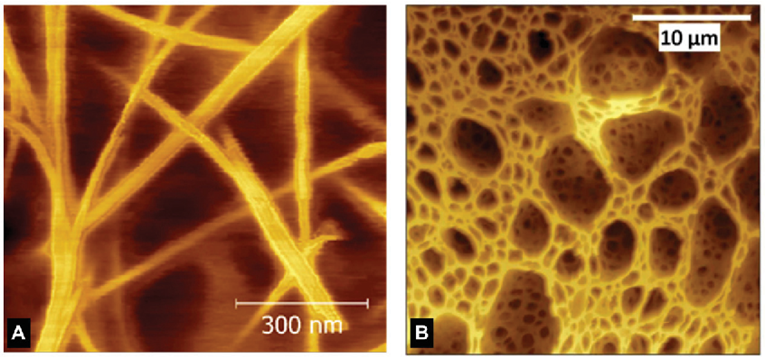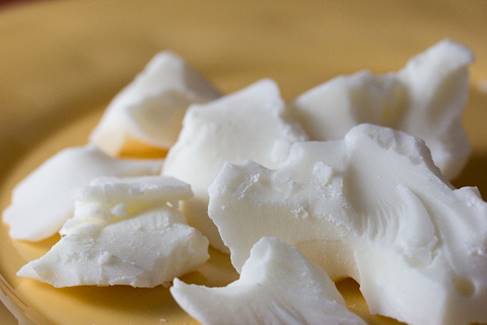Department of technologies of fats and fermentation products
Pavel Nekrasov – Head of the department – Doctor of Technical Sciences, Professor: pavlo.nekrasov@khpi.edu.ua
Olena Slipchenko – Director of European Educational Scientific Technological Center – Ph.D. in technical sciences, Senior Researcher: Olena.Slipchenko@khpi.edu.ua
Scientific and practical substantiation of the methodology of production of fatty systems with a minimum content of trans-isomers

In recent years, a new concept of nutrition, the main condition of which is not only a pleasant taste of food, but also its safety and usefulness for the human body, has been formed around the world, including countries of the European Union, where this issue is considered in the rank of public policy.
Currently, the global market is filled with food products based on fats, which are produced by the method of partial hydrogenation and, as a result, have a high content of undesirable spatial isomers of natural unsaturated fatty acids – trans-isomers. The results of many studies have shown that trans-isomers of fatty acids disrupt the functioning of enzymes and cell membranes in the human body, increase blood cholesterol, and raise the risk of heart disease. Introduction of the fully hydrogenated fats technology is the only way to avoid the formation of trans-isomers during hydrogenation, but a high melting point of such fats complicates their direct usage for food production. Consequently, the use of processes that do not lead to the formation of trans-isomers is the best solution to the issue of high trans fatty acids content.
The purpose of the study is a scientific and practical substantiation of the methodology of production of fatty systems with a minimum content of trans-isomers of fatty acids in two ways. The first one is biocatalytic modification of fats, supplemented by an optional fractionation. The second one is the creation of a new generation of fatty systems, namely oleogels.
The creation of scientifically-practical bases of enzymatic energy-efficient production technology of cocoa butter equivalents (CBE)

The novelty of the research is the suggestion about the application of ethyl esters of fatty acids, mostly stearic acid ethyl esters, as functional ingredients in food products which contain fat. This research makes it possible to significantly increase their digestibility and inhibit process of fat resynthesis in the human body. According to the expert council of the FAO / WHO «Fats and fatty acids in human nutrition» [ http://www.fao.org/3/a-i1953e.pdf ] fatty acids such as lauric, myristic, palmitic acids (in the food) increase the level of LDL cholesterol, while stearic acid doesn’t have an affect on the content of LDL cholesterol in human blood plasma.
It is proposed to produce fat that contains acylglycerols which structure is similar to cocoa butter acyglycerols by interesterification of sunflower oil with fatty acids ethyl esters, preferably the ethyl esters of stearic acid. The obtained CBE will have dietary and treatment-and-prophylactic properties that can solve the problem of supplying the population with high-quality healthy food products.
Key publications:
- Nekrasov, P., Tkachenko, N., Makovska, T., & Lanzhenko, L. (2016). Optimization of formulation composition of the low-calorie emulsion fat systems. Eastern-European Journal of Enterprise Technologies, 3/11 (81), 20–27. (Scopus).
- Nekrasov, P., Piven O., Nekrasov O., Gudz, O., & Kryvonis, N. (2018). Kinetics and thermodynamics of biocatalytic glycerolysis of triacylglycerols enriched with omega-3 polyunsaturated fatty acids. Voprosy Khimii i Khimicheskoi Tekhnologii, 5, 31-36. (Scopus).
- Nekrasov, P., Gudz, O., Nekrasov, O., Kishchenko, V., & Holubets, O. (2019). Fatty systems with reduced content of trans-fatty acids. Voprosy Khimii i Khimicheskoi Tekhnologii, 3, 132-138 (Scopus).
- Nekrasov, P., Gudz, O., Nekrasov, O., & Berezka, T. (2020). Optimizing the parameters of the production process of fat systems with a minimum content of trans-isomers. Voprosy Khimii i Khimicheskoi Tekhnologii, 3, 128-133 (Scopus).
